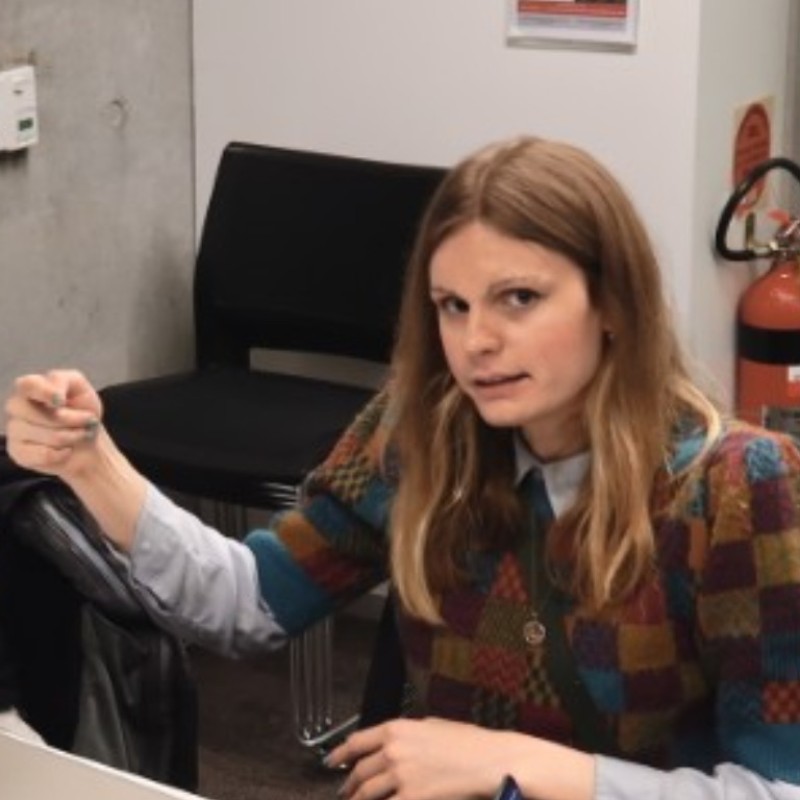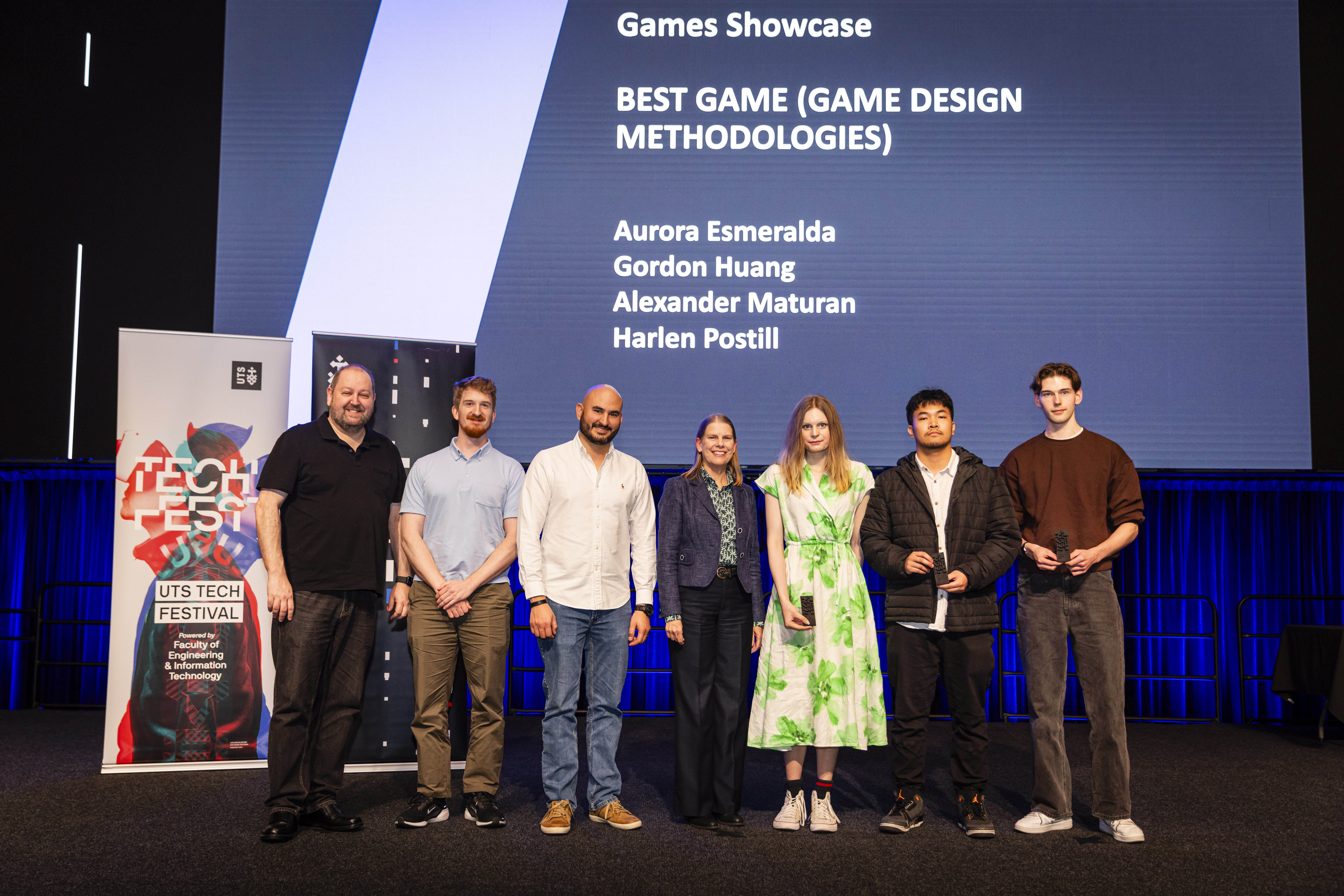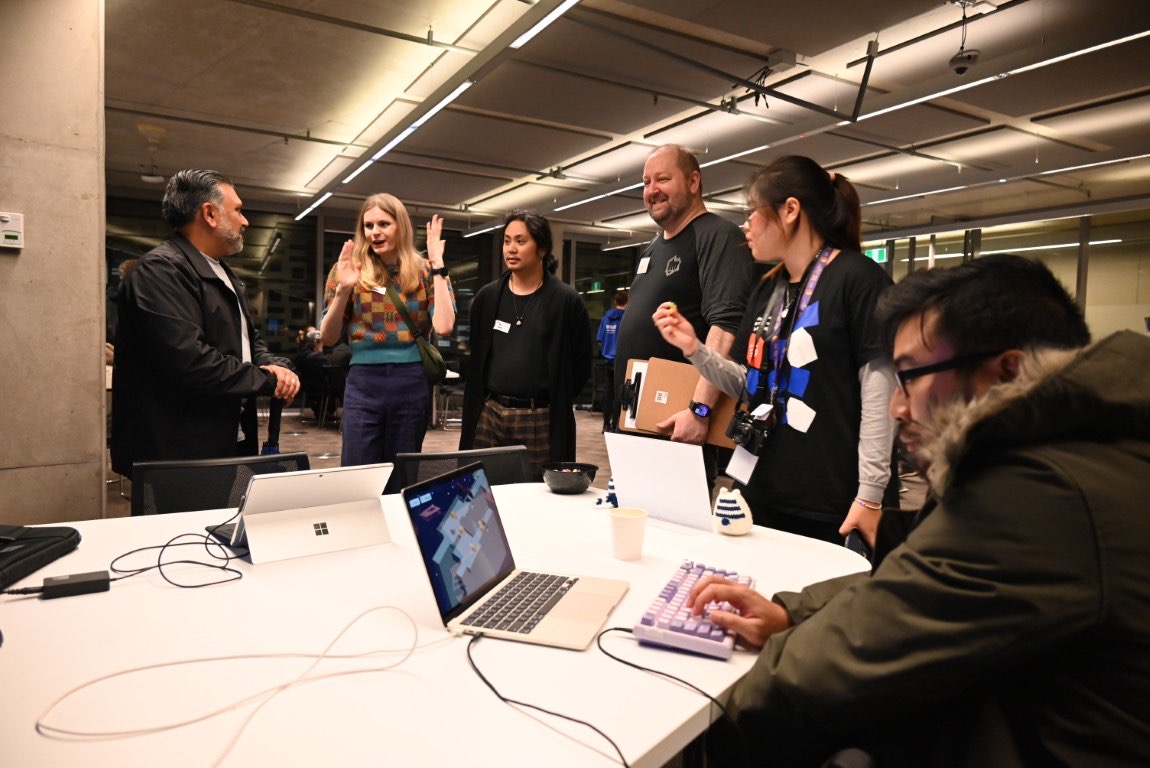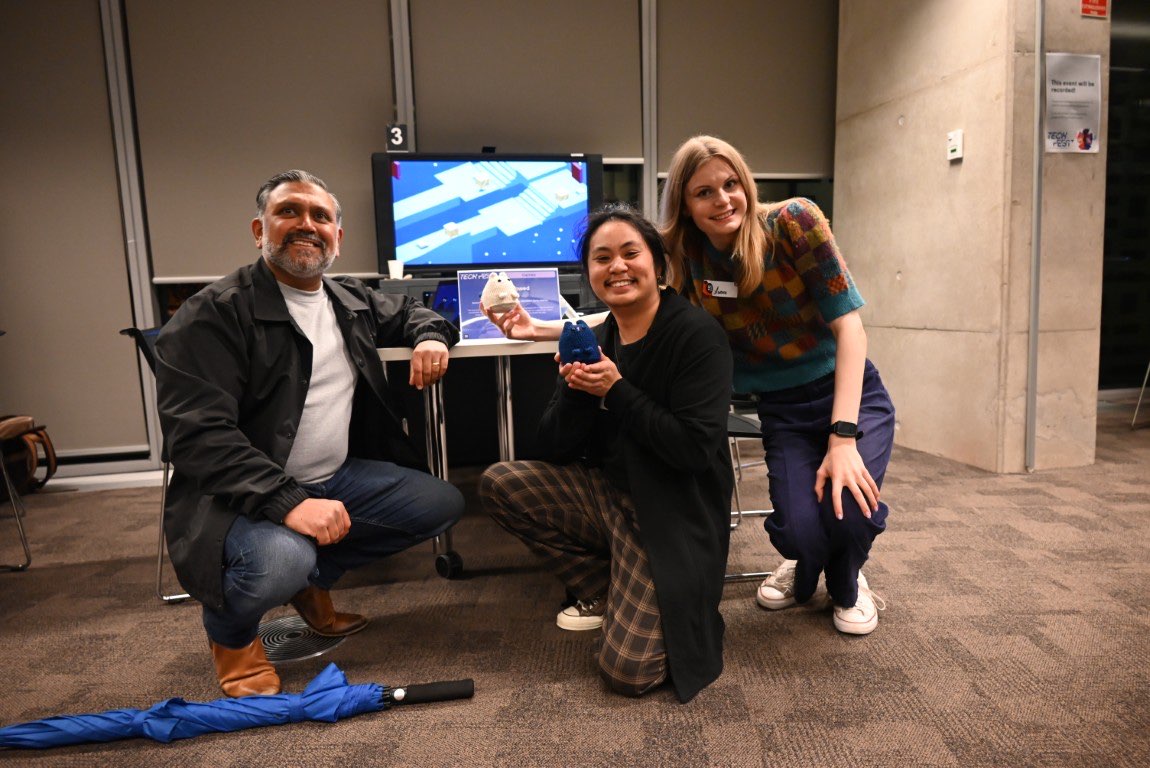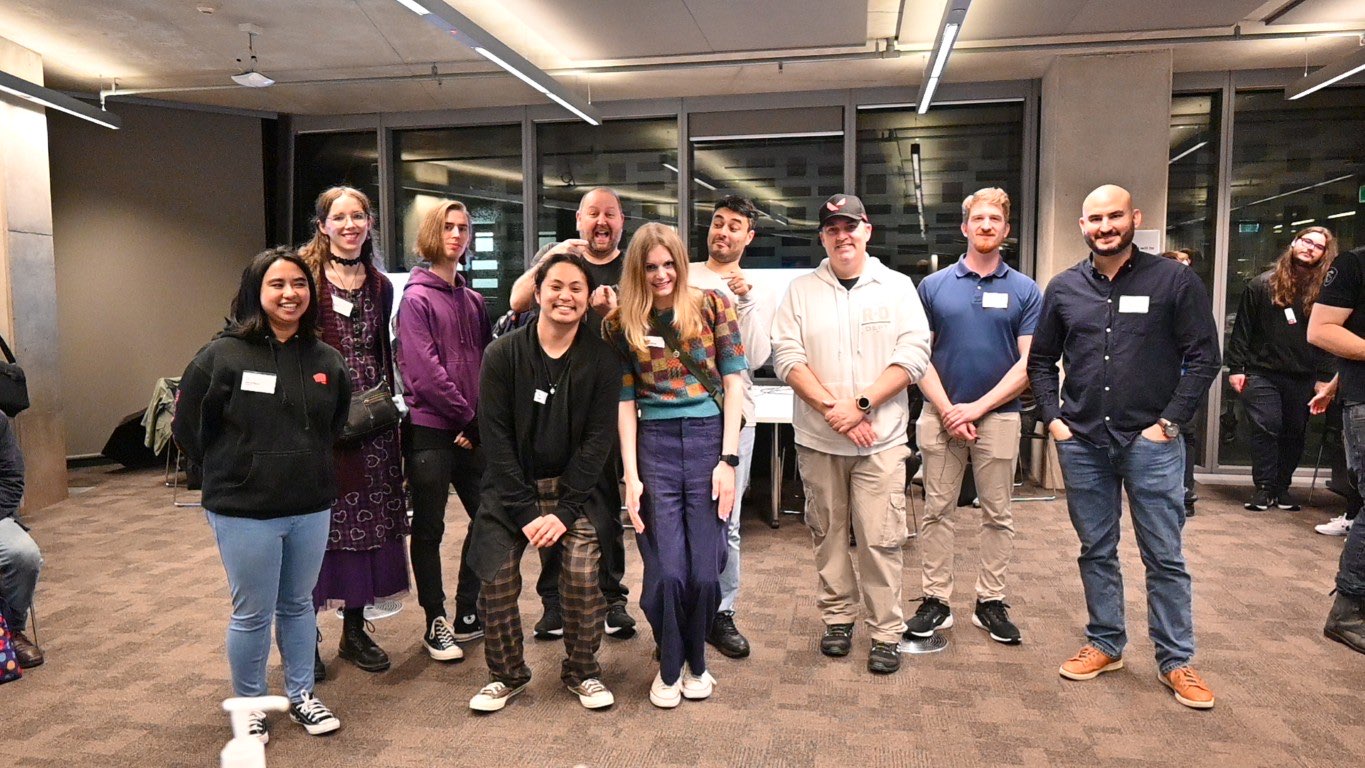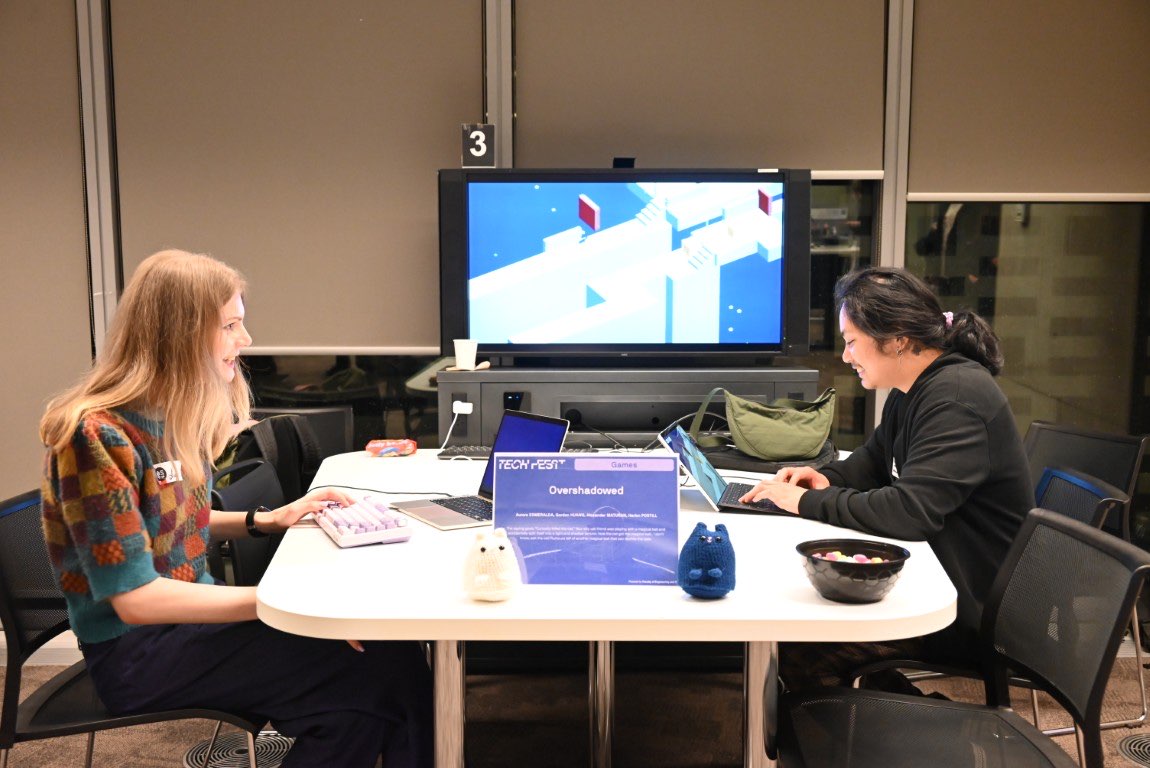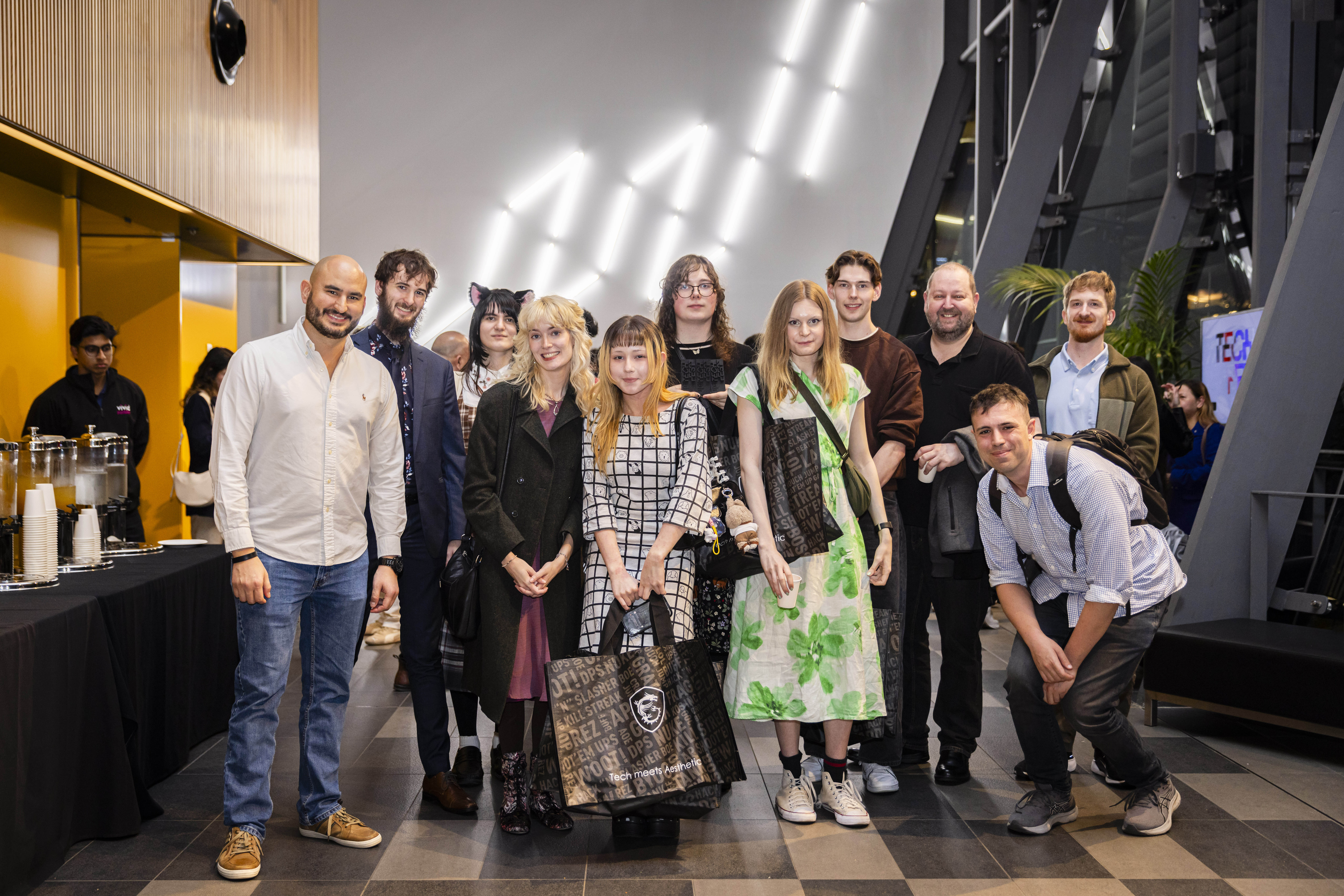Stuff It, We Snowball! (Full Release)
Stuff It, We Snowball! is my first wide-release game! Download it here. It evolved out of my game for the UTS Tech Fest and Riot Games game jam. Read more about developing the game jam version here.
Technologies Used
Lessons
- A Good Trello Board Goes A Long Way. This is something which was drilled into me during the development of Overshadowed (and the Game Design Methodologies course at Uni). However, I’ve never worked on a game with a release plan like this. I found planning what exactly would be in the initial release, and what would come in future updates, to be immensely useful in maintaining the scope.
- Big Ships Require Greater Precision. Something I’ve been learning for months, as I’ve worked on bigger projects, such as ozfortress’ [Citadel][https://github.com/ozfortress/Citadel], is that the degree of precision and quality control required for larger projects is substantially higher than for the smaller scope games I’m used to. The cost of changing a tiny bug large once you’ve committed it, and it’s gone through CI. This was more true for this project. Having a day-plus-long delay with App Store Connect after every submission meant I needed to be far more confident in my game before shipping anything — even a test version.
- If You Estimate Enough Time, You Can Actually Finish On Schedule. I think this was the first project for which my estimated time almost exactly lined up with the actual time (my ingenious strategy was to take how long it “should” take, and quadruple it). Having a generous timeline was extremely helpful for not getting stressed when dealing with things taking longer than they had any right to (App Store Connect, I’m looking at you!).
That said, honestly, this project went remarkably smoothly. I’m truly proud of the game, and excited to continue to expand on it in the coming months. Turns out there might be something to this “planning” thing after all…
All em dashes in this post were ethically sourced. No LLMs were used in the creation of these, nor any other punctuation marks.
